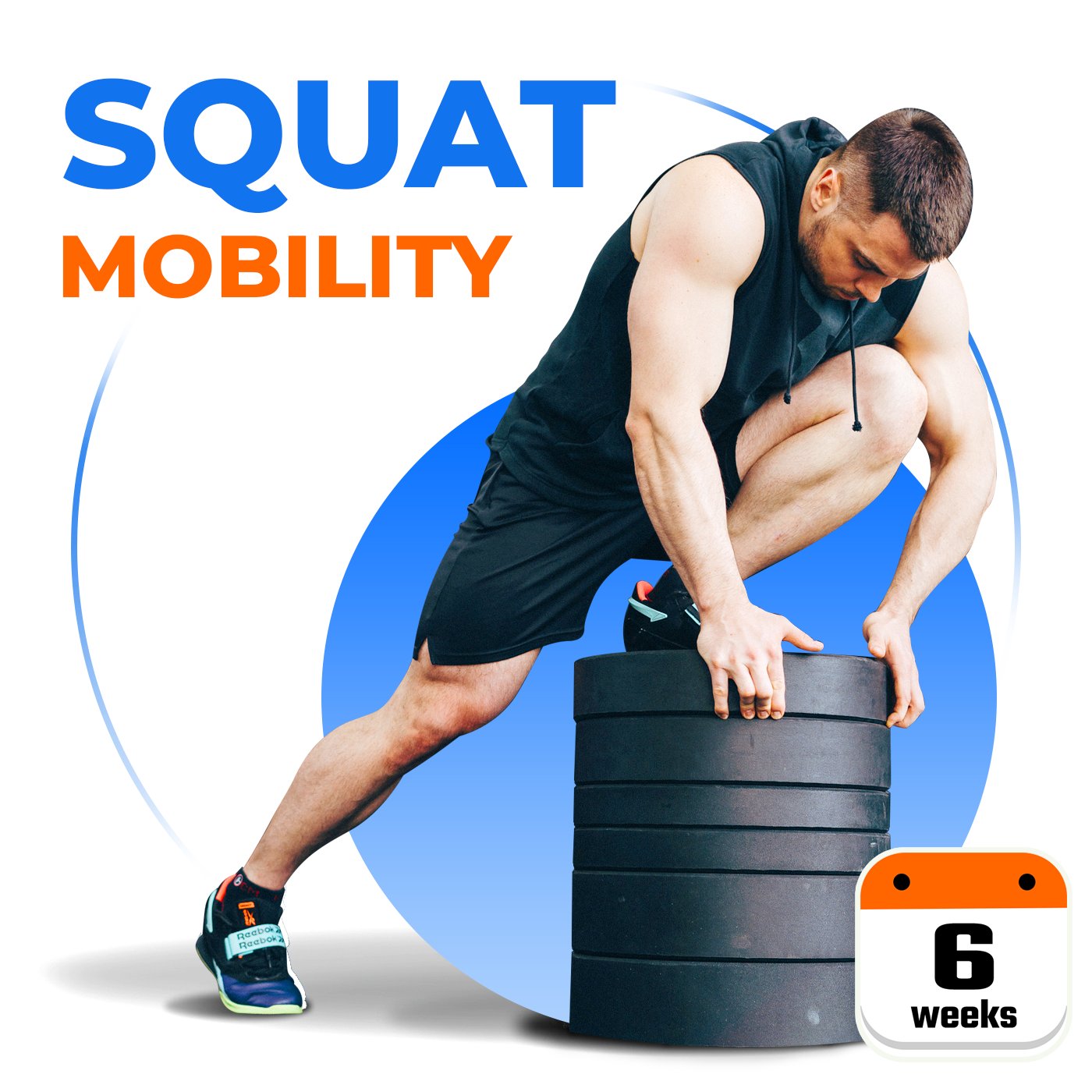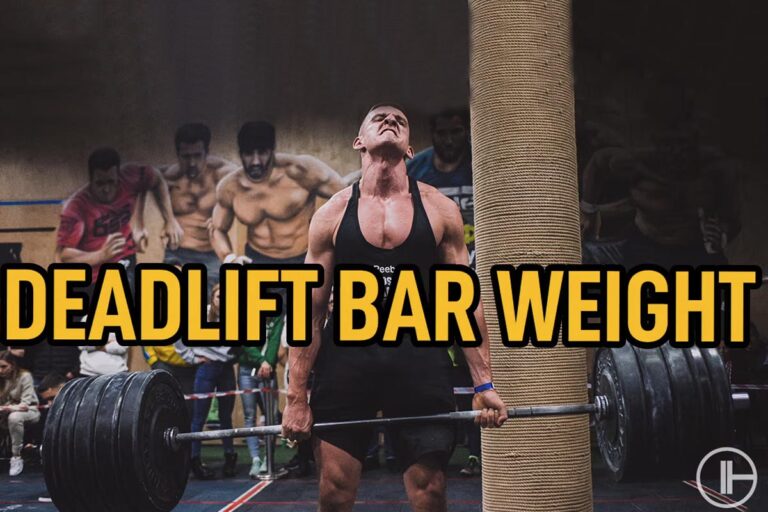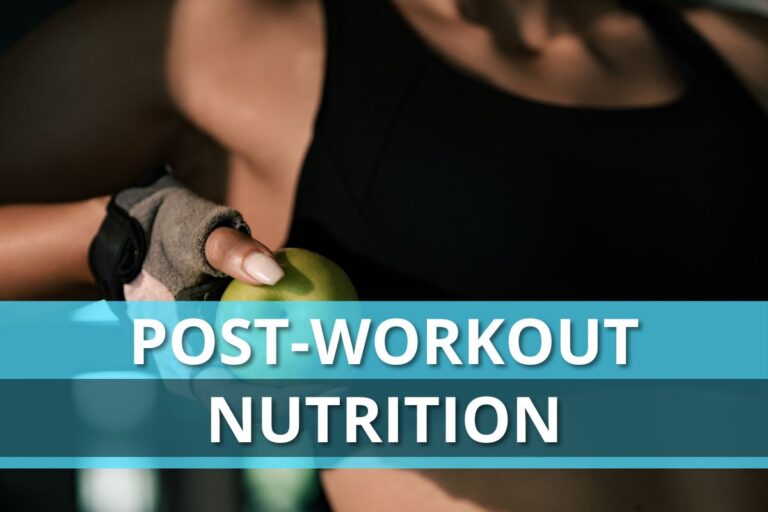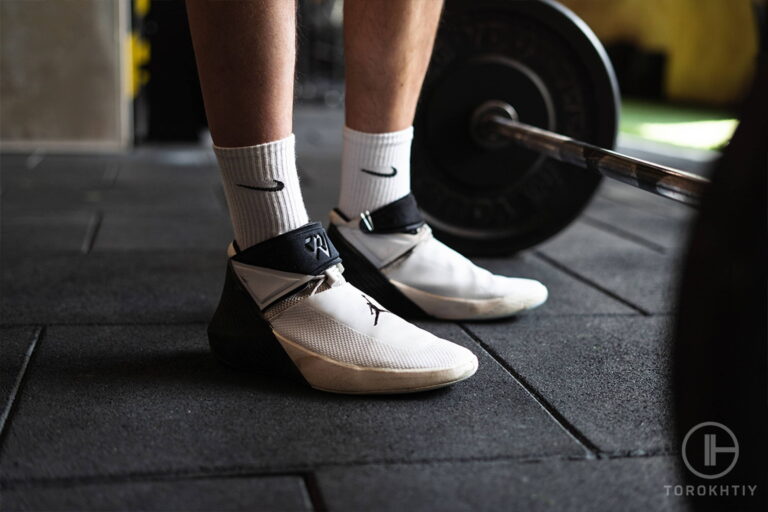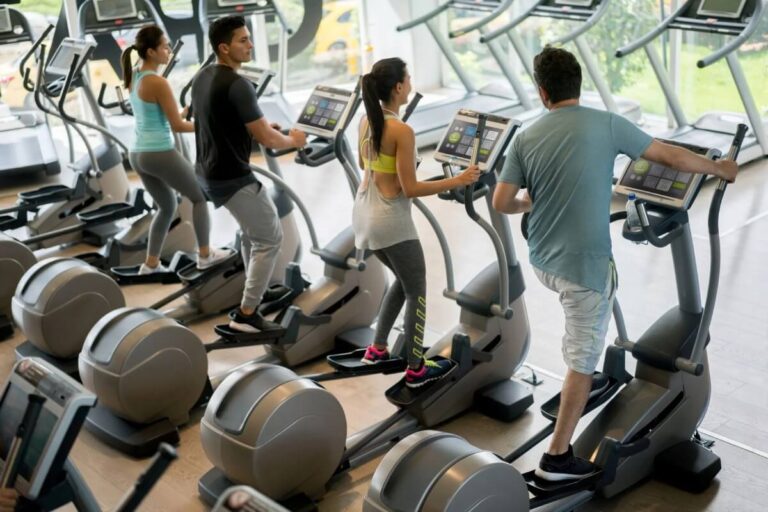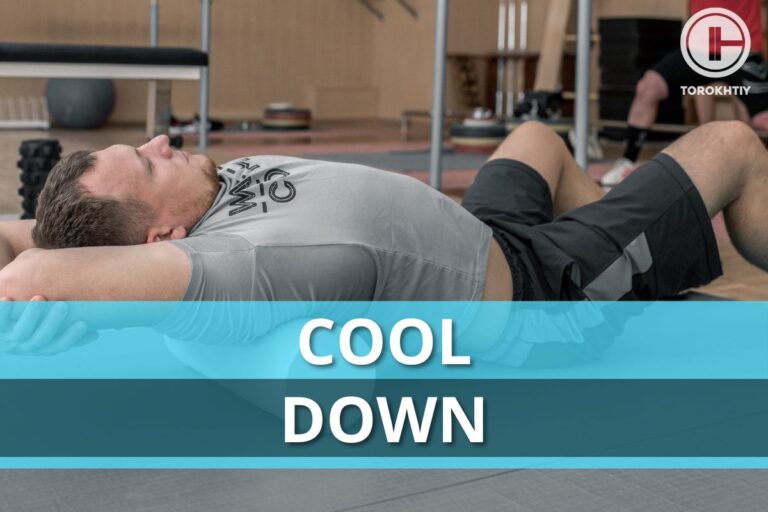My Top 6 Back Squat Exercises
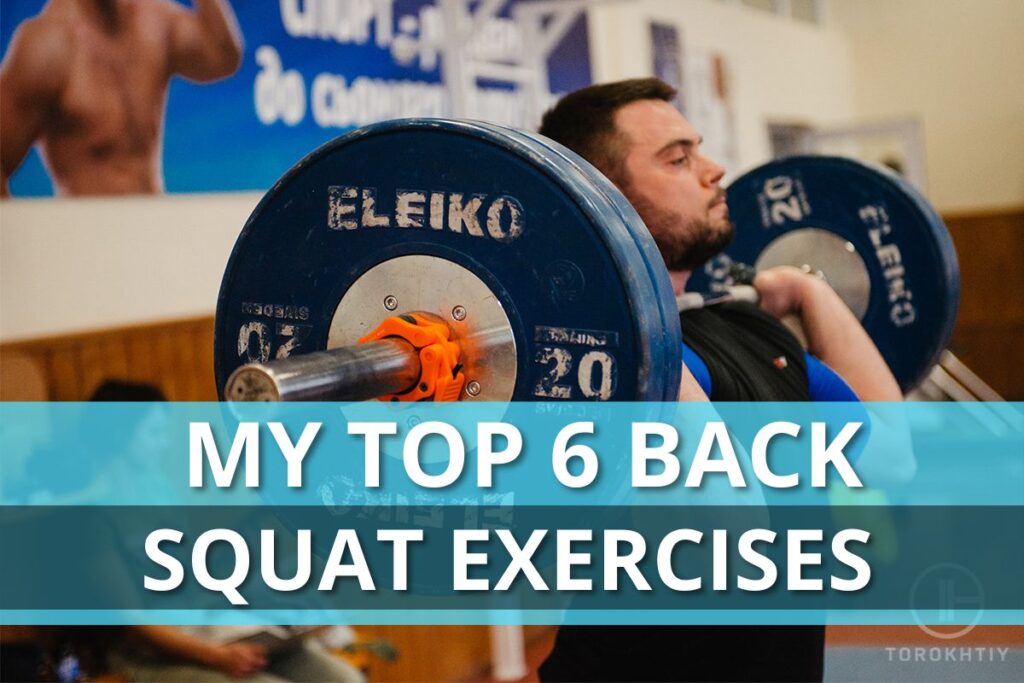
Back squats – is a basic and essential exercise for any weightlifter regardless of his level and preparation period. Despite squats being something everyone always does, loadings during this exercise strongly correlate with the preparation period, an athlete’s level and the «philosophy» of a training program. It is necessary to mention that some «unique» weightlifters don’t use any back squats in their training plans. Bulgarian Weightlifting School was a shining example of such an approach to the training process, it used a very narrow range of exercises with a front squat being the main move of a leg day.
Traditional «soviet» weightlifting applies a vast range of back squat sub-variations which greatly develops a weightlifter’s basic leg strength level.
I believe that any experienced coach can name at least 10 back squat variations.
In this article, I want to share with you my 6 favorite squats that I have always used not only in my workouts, but also in my training programs as well.
I shall remind you before I begin, that not only do you need to fulfill a general warm-up before squats, but also a specific one, related to squatting. In any of their variations, squats involve practically the whole muscle system and provoke a neurohumoral response. The only excuse to skip a specific warm-up is when squats must be performed at the end of a workout according to your training plan. Remember one important rule – whenever you squat with big weights put weightlifting shoes on.
Back squat
There are all kinds of books and videos in social media devoted to this exercise, even I have made one too))). Weightlifters are always up to increase the weight they lift, whereas bodybuilders try to do more reps with their working weights. You can read this source about the important things you need to remember performing squats. And in this article I reveal the differences between powerlifters’ and weightlifters’ squats.
I always receive a lot of questions about deadlifts and squats at my seminars and, to be perfectly honest, all I can advise you is to address your question to powerlifting coaches. All the assistance exercises in the training process of weightlifters are solely aimed at increasing progress in snatch and clean & jerk. There is a mathematical model (developed by Ukrainian professor Valentin Oleshko) which claims that a technically and physically prepared weightlifter must have his back squat within 128-140% range. We also have an answer for those interested in the snatch, clean & jerk and other assistance exercises correlation.
Bench back squat
This exercise allows you to work with a bigger weight and perfectly fits for developing your leg strength, especially during the preparatory period.
It is crucial to comprehend the technical details of this exercise to make it safe and efficient:
- always perform it facing the rack;
- make sure that the bench and racks are in the right and comfortable position before you start working with big weight;
- bench height must be on the same line with your knee joints, your thighs must be parallel to the floor – this is the proper angle in this exercise;
- rigid back, squeezed shoulderblades, the barbell must be steadily fixed on your trapezius muscles and should not slip towards your neck or downwards;
- always look forward – this will help you to keep your torso tensed and steady;
- move slowly during the negative phase until you touch the bench with your glutes, then perform active (rapid) extension, pushing the floor away with your heels.
Pause back squat
Paused back squat solves several issues simultaneously. Firstly, this exercise is great for the development of your maximum strength due to the absence of flexor extensor reflex which is used in ordinary squats in order to overcome the «dead center». This exercise produces a great training impact on your core muscles, improves your flexibility which gives you more convenience in the lower part of a squat and makes your technique better.
I recommend 3 sec pauses, but I’ve often seen professional athletes making 6 sec pauses. 3 sec pause, physiologically, is sufficient to completely turn off muscle stretch reflex, to fully extend your quads and make them work. More prolonged pauses can be used for additional strength workload on your torso, but it won’t have any effect on your strength development rate.
Paused squats are most appropriate for the preparatory period, I don’t recommend going for more than 5 reps. 2-3 reps sets are the most common for this exercise.
Narrow feet back squat
These squats are executed with your feet placed narrower than your shoulder width. Your feet must point forward in line with your knees. This move targets your quads, glutes and adductor muscles.
As narrow stance back squats are executed with reduced amplitude you don’t spread your hips as much, but the loading and mobility requirements are shifted to your ankle joint.
These squats must be done as deep as you can, but without interfering with your convenience and neutral spine position.
One of the substantial benefits of such squats is that after 3-4 workouts many athletes notice that their movement range has improved.
Preparatory and transition periods are the most appropriate time to apply narrow feet back squat in your workout routine. I don’t recommend going for big weights, you should concentrate on convenient and controllable load and technique quality.
Wide feet back squat
Wide stance back squats constitute a great tool that all weightlifters must have in their stock, it is used to develop backside strength and activates numerous muscles that are not actively involved in work in a narrower feet position.
Placing your feet in a wide stance (approx. 140% shoulder width) will actively engage your glutes and thighs muscles. By the way powerlifters and bodybuilders regularly include this squat variation in their programs.
Strength developed in this position may constitute a good basis for strength movements with backside prevalence. For example, the first and second pulls in snatch and clean.
Such squatting technique may also be a good alternative for athletes that due to big loads suffer knee ligament and tendon inflammation. Of course, a recreational break from physical loads would be the best solution in this case, but unfortunately, sometimes it is not possible and you need to keep your legs toned, for example during preparation for important competitions. A wider stance allows you to keep your knees more vertical, reducing a knee load.
Wide feet back squat is a great solution for a transition period as well as for deload and recovery weeks. Because the smaller the motion range is, the lower is the physical load with the same weight. This is simple physics: you execute physical work when squatting. Work = force X distance. Force is mass + acceleration. If you squat with a slow tempo and move with the relatively same speed you will do LESS work squatting in a wide stance. Why? Because the distance is shorter.
3-position back squat
The coach of Arnold Schwarzenegger once said a brilliant phrase: «you should shock your muscles». I am sure that squats with 3 starting positions: narrow, medium and wide will do this task excellently. This strength complex blends the advantages of all three exercises and will also make you breathe a little and keep your focus not to mix anything up and mess with technique. Even if you put a rather doable weight on your barbell, the one you can surely do 10 reps with, and perform 2 reps or each type of a squat in a row (6 reps total) you’ll definitely be surprised how hard it is and the sensations in your muscles on the following day. Another working trick – if you’ve planned 3 sets in squats try to alternate starting positions in different sequences.
🔻SQUAT MOBILITY PROGRAM
Unlock Your Squat Potential!
- ⚙️ Boost Flexibility
- 💪 Master Deep Squats
- 🏋️ Excel in Olympic Lifts
- 🏆 Achieve Personal Bests
Perfect for all levels! Join now and enjoy:
- 🔹 60+ Visual Exercises
- 🔹 6-Week Transformation
- 🔹 Progress Tracking
- 🔹 One-Time Payment
Don’t let mobility limit your gains. Invest in yourself today! 💥💪
These exercises are best programmed in the preparatory period and muscle gaining phase when moving to a new weight class for example. I don’t recommend taking very big weights, you’d better try to put 50-60% of your 1RM and perform 3+3+3. Don’t thank me!!!
I wrote a really long article this time but didn’t have time to remind you about breath control specifics when squatting, I recommend watching this material on this matter.
I wish strong squats to all of you to summarize all of the above. But for those who want to improve them to develop your overall strength and progress in snatch and clean & jerk I recommend taking a closer look at 3 of my popular programs:
By the way, this is my result after passing one of these programs.
Also read:
Why Trust Us?
With over 20 years in Olympic Weightlifting, our team does its best to provide the audience with ultimate support and meet the needs and requirements of advanced athletes and professional lifters, as well as people who strive to open new opportunities and develop their physical capabilities with us.
By trusting the recommendations of our certified experts in coaching, nutrition, dietology, and sports training programming, as well as scientific consultants, and physiotherapists, we provide you with thorough, well-considered, and scientifically proven content. All the information given in the articles concerning workout programming, separate exercises, and athletic performance, in general, is based on verified data. We ensure that you can rely on our professionals’ pieces of advice and recommendations that can be treated as personalized ones which will benefit you and fully meet your needs.
The product testing process is described in more detail here
Author: Sergii Putsov
Head of Sport Science, PhD
Best Results: Snatch – 165 kg,
C&J – 200 kg
Sergii Putsov, Ph.D., is a former professional weightlifter and National team member, achieving multiple medals in the 94 kg weight category at national competitions. With a Master’s degree in “Olympic & Professional Sport Training” and a Sport Science Ph.D. from the International Olympic Academy, Greece, Sergii now leads as the Head of Sport Science. He specializes in designing training programs, writing insightful blog articles, providing live commentary at international weightlifting events, and conducting educational seminars worldwide alongside Olympic weightlifting expert Oleksiy Torokhtiy.

